Affiliate links on Android Authority may earn us a commission. Learn more.
Hands-on: OPPO K1 is the cheapest phone with in-display fingerprint sensor
Published onFebruary 7, 2019
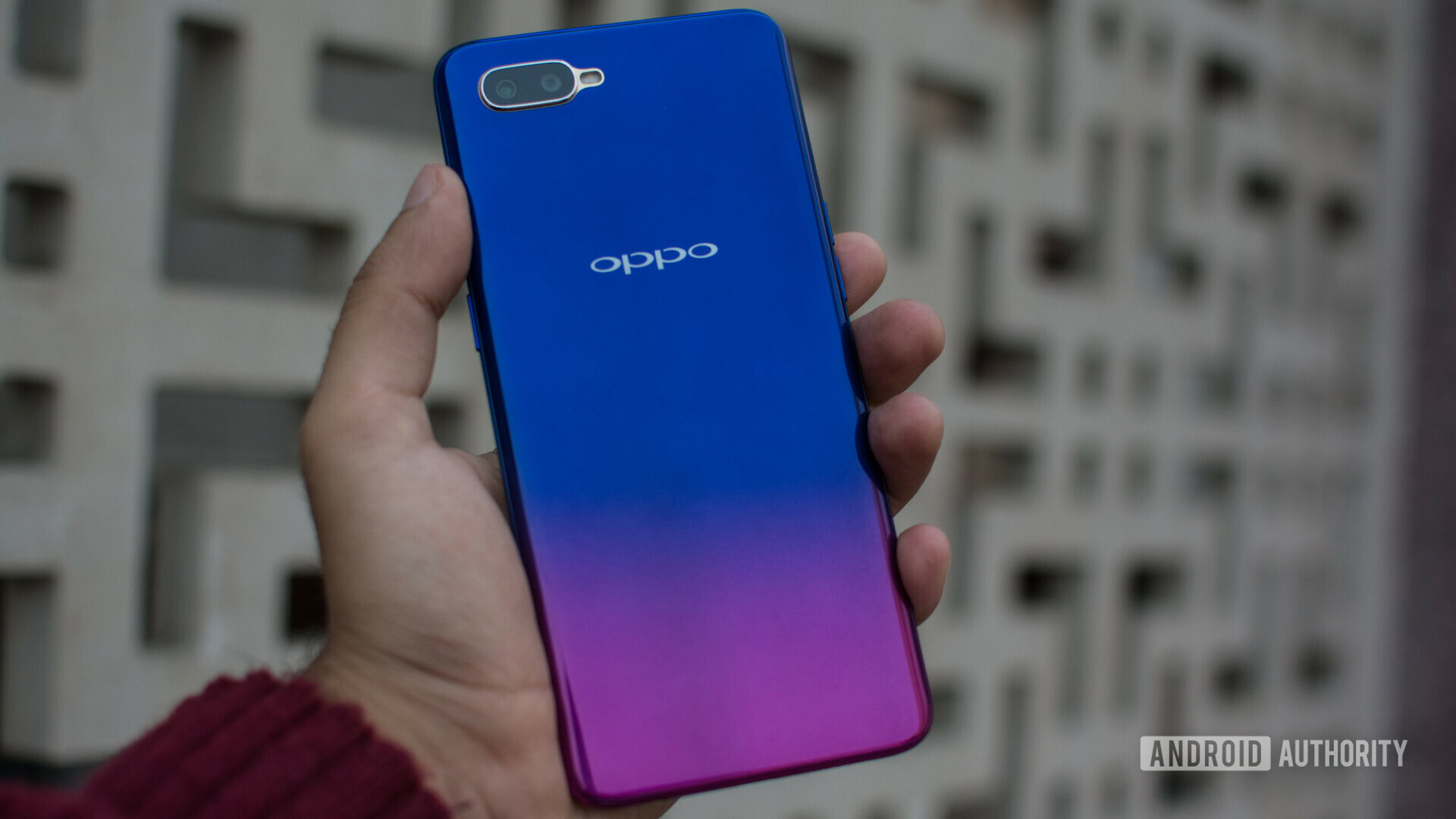
We are barely one month into 2019 and already, we’ve seen a steady spate of smartphone launches in the mid-range segment. The OPPO K1 is yet another phone trying to make a mark for itself in this increasingly crowded category. We spent a bit of time with the phone to gather our first impressions. Read on to find out what we think about the device in our OPPO K1 hands-on.
OPPO K1 Hands-on: Design
The last few months have seen a steady shift towards bolder colours and gradient style designs. The OPPO K1 is no exception and adopts a deep purple to an electric blue gradient in the Astral Blue variant. You can, however, opt for a more staid piano black finish. Personally, I found the colour shift at the back too jarring, garish even, but I’m sure it’ll have its takers.
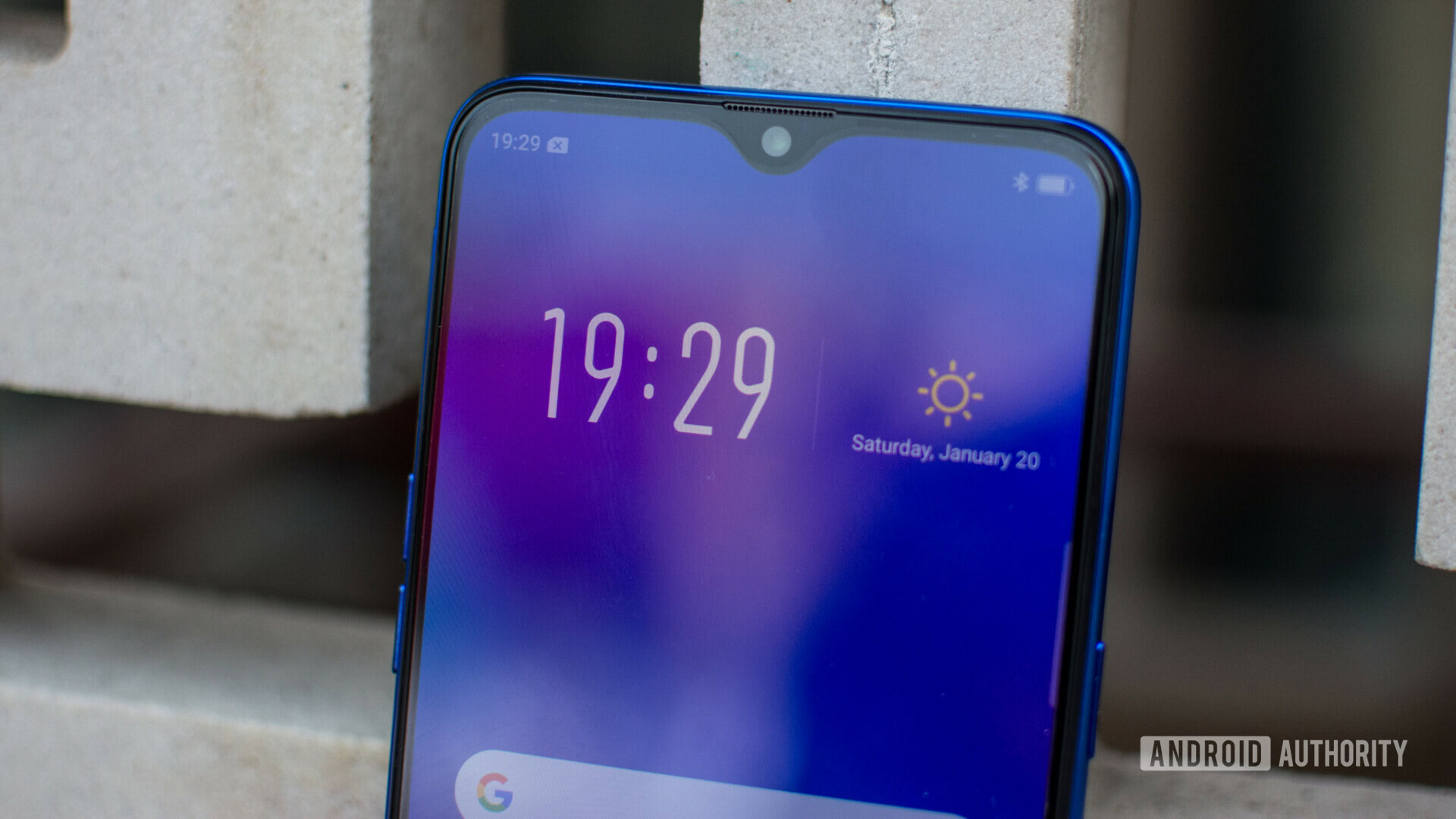
The front of the phone is very straightforward with its large 6.41-inch display and dewdrop notch. The OPPO K1 sports an AMOLED display which is rare in this category of devices. In the short time I spent with the phone, I found that the display looked rather good. The phone exhibited vibrant colours and deep blacks. The screen brightness was sufficient for outdoor use.
OPPO K1 Hands-on: Features
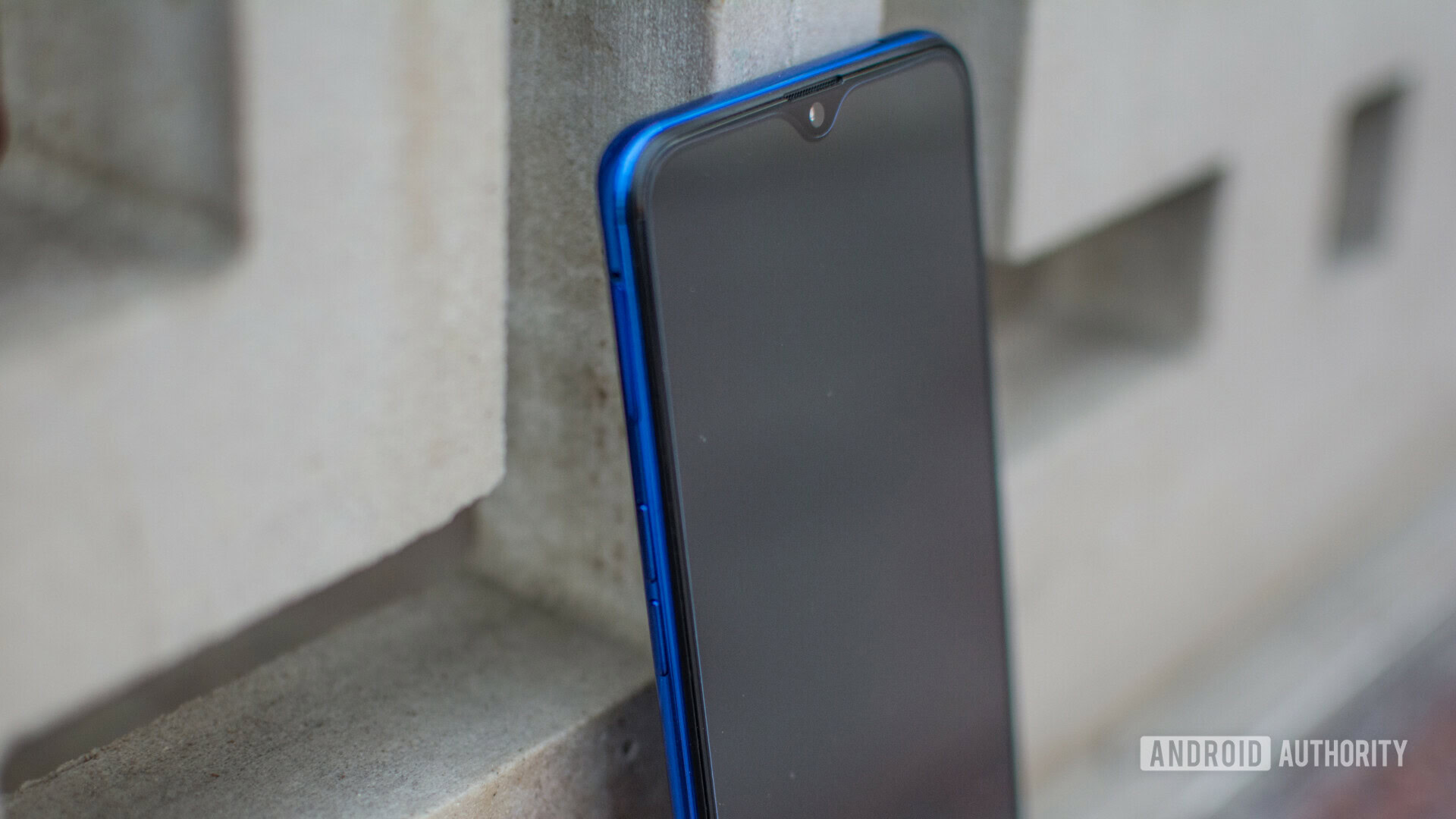
But that’s not the only reason why the phone has an AMOLED display. So far, it has been impossible to place an in-display fingerprint sensor under an LCD screen. The OPPO K1 is the most affordable smartphone packing an in-display fingerprint sensor, and, as such, couldn’t have been made without an AMOLED display. Unfortunately, I didn’t have much of a chance to try out the in-display fingerprint sensor and can’t vouch for the speed at which it unlocks the phone.
The OPPO K1 is the most affordable smartphone packing an in-display fingerprint sensor.
The dewdrop notch at the top has a 25MP front-facing camera. OPPO isn’t new to the ‘selfie‘ craze and is known for their focus on software enhancements like a “beauty mode” and AI-assisted photography tweaks. Yes, the OPPO K1 ships with all of those.
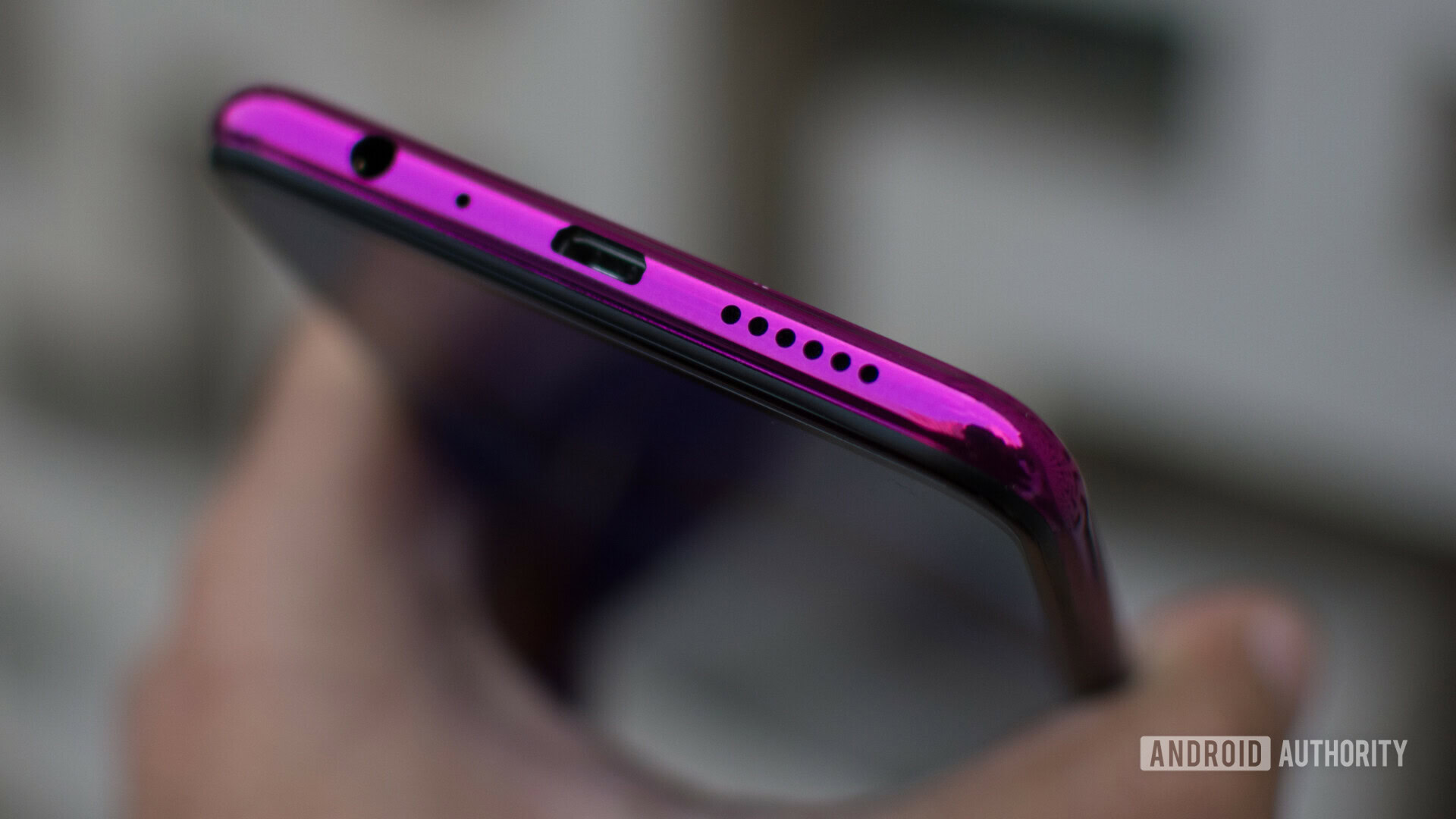
Despite a plastic build, the phone generally feels quite good in the hand. I liked the ergonomics and the buttons were easy to reach out too. I am a bit wary of the use of soft-touch plastics at the back though. The demo piece had a fair few scratches already. Also disappointing is the use of a Micro USB port. Seriously, OPPO? At least they didn’t get rid of the headphone jack!
OPPO K1 Hands-on: Camera
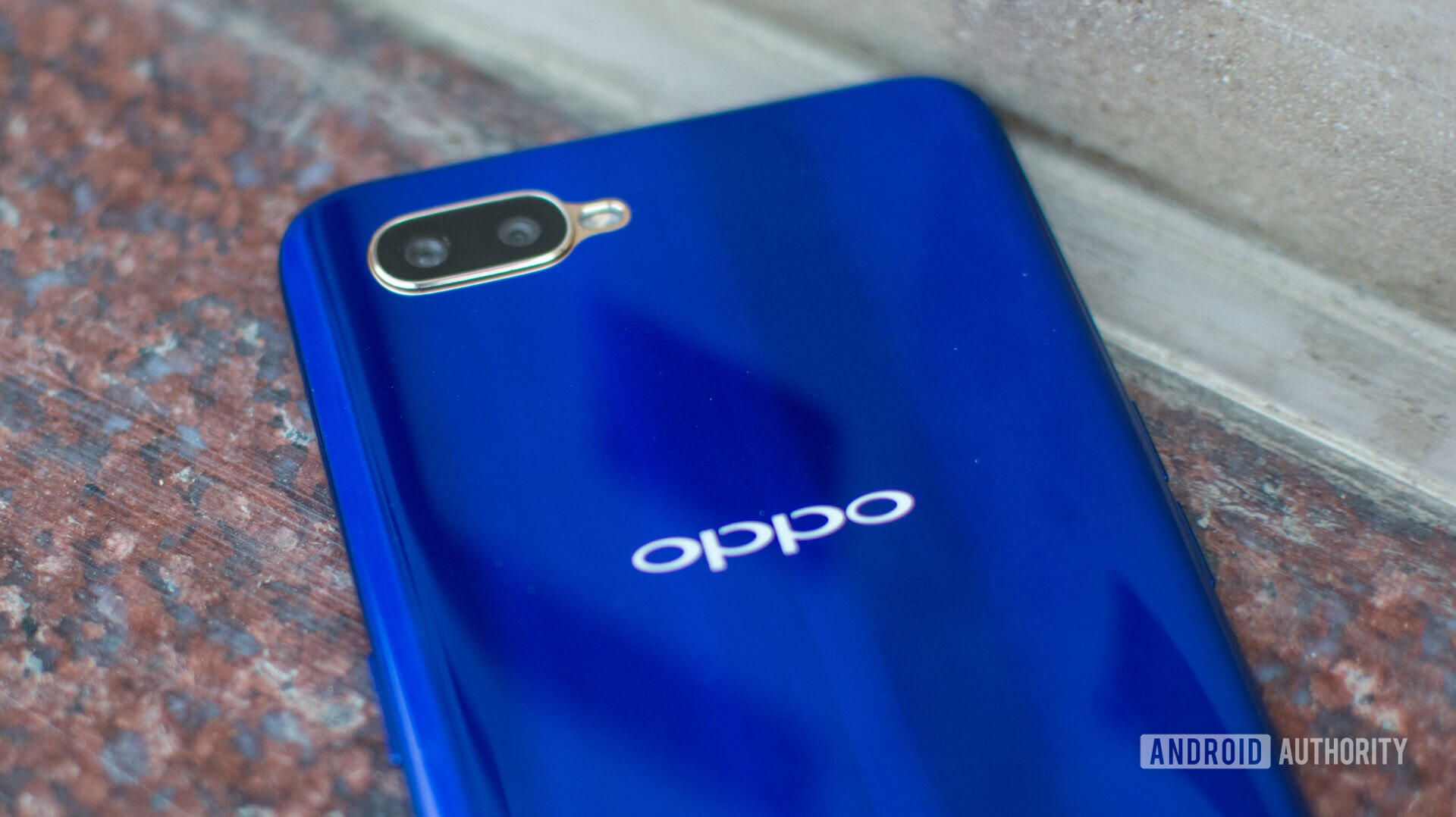
There’s a 16MP+2MP camera combination over at the back of the phone. I took a few samples and images weren’t particularly impressive. OPPO’s camera tweaks and enhancements often end up losing details in favour of skin lightening and blemish removal.
Internally, the phone is powered by a Snapdragon 660 processor with 4GB of RAM. This is the same chipset as on competing phones like the Mi A2 as well as the Zenfone Max Pro M2. In our previous tests, we’ve found it to be a perfectly serviceable mid-range processor that will serve even users looking for a bit of grunt for gaming.
OPPO K1 storage tops off at 64GB but you can increase it via a microSD card slot.
Final thoughts
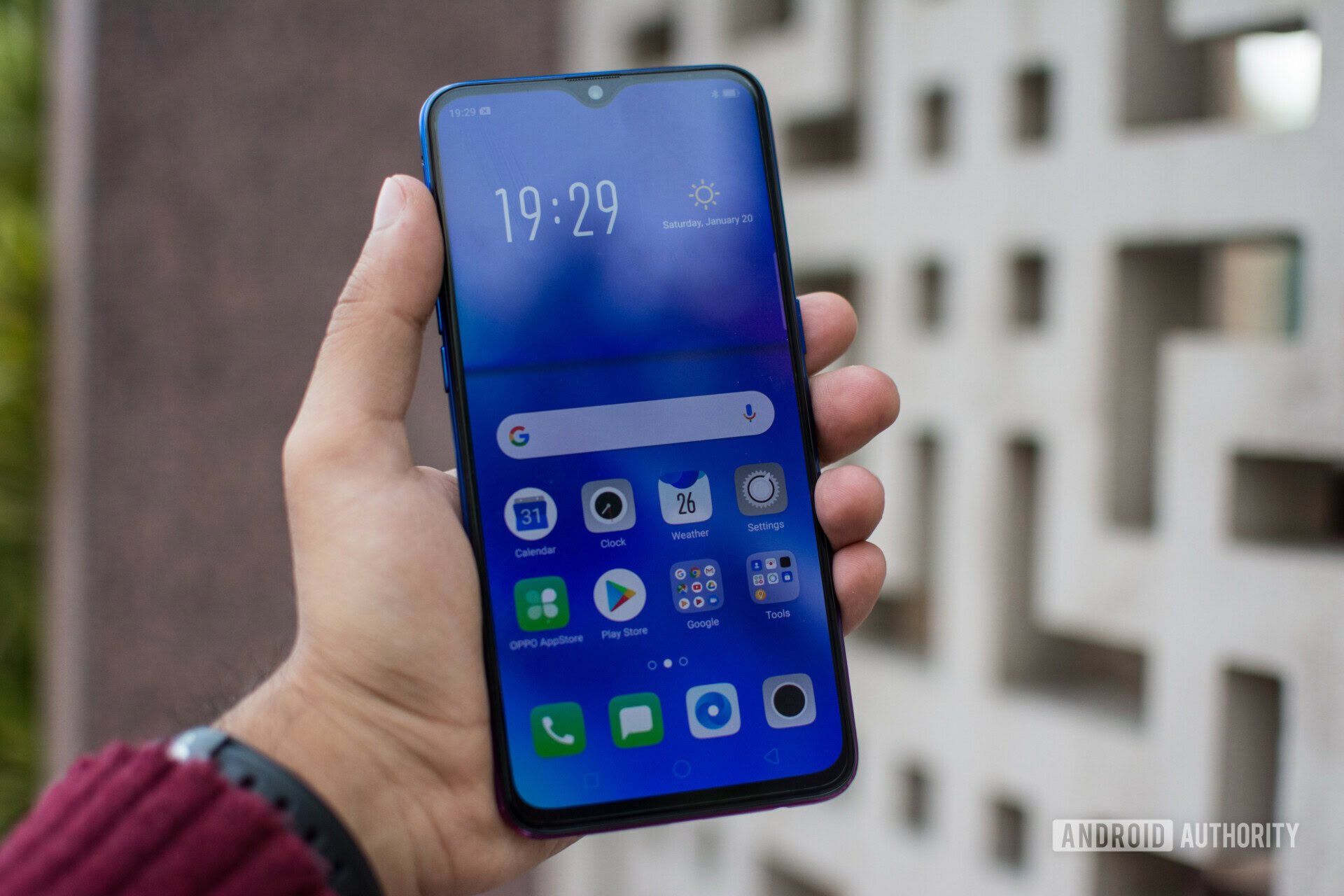
It’s never been a better time for mid-range smartphone users, and the OPPO K1 represents another great option for prospective buyers. The phone looks plenty good, is powerful enough and has a great screen to boot. The in-display fingerprint scanner is a cool addition that should sweeten the deal. The phone is priced at 16,990 rupees (~$240) making it a fantastic option for users in the sub 20,000 rupees (~$280) segment.
With Xiaomi expected to launch the Redmi Note 7 in the coming weeks, do you think the OPPO K1 will be able to fend for itself? Or would you prefer to spend a little more and get the much more powerful Pocophone F1? Let us know in the comments!